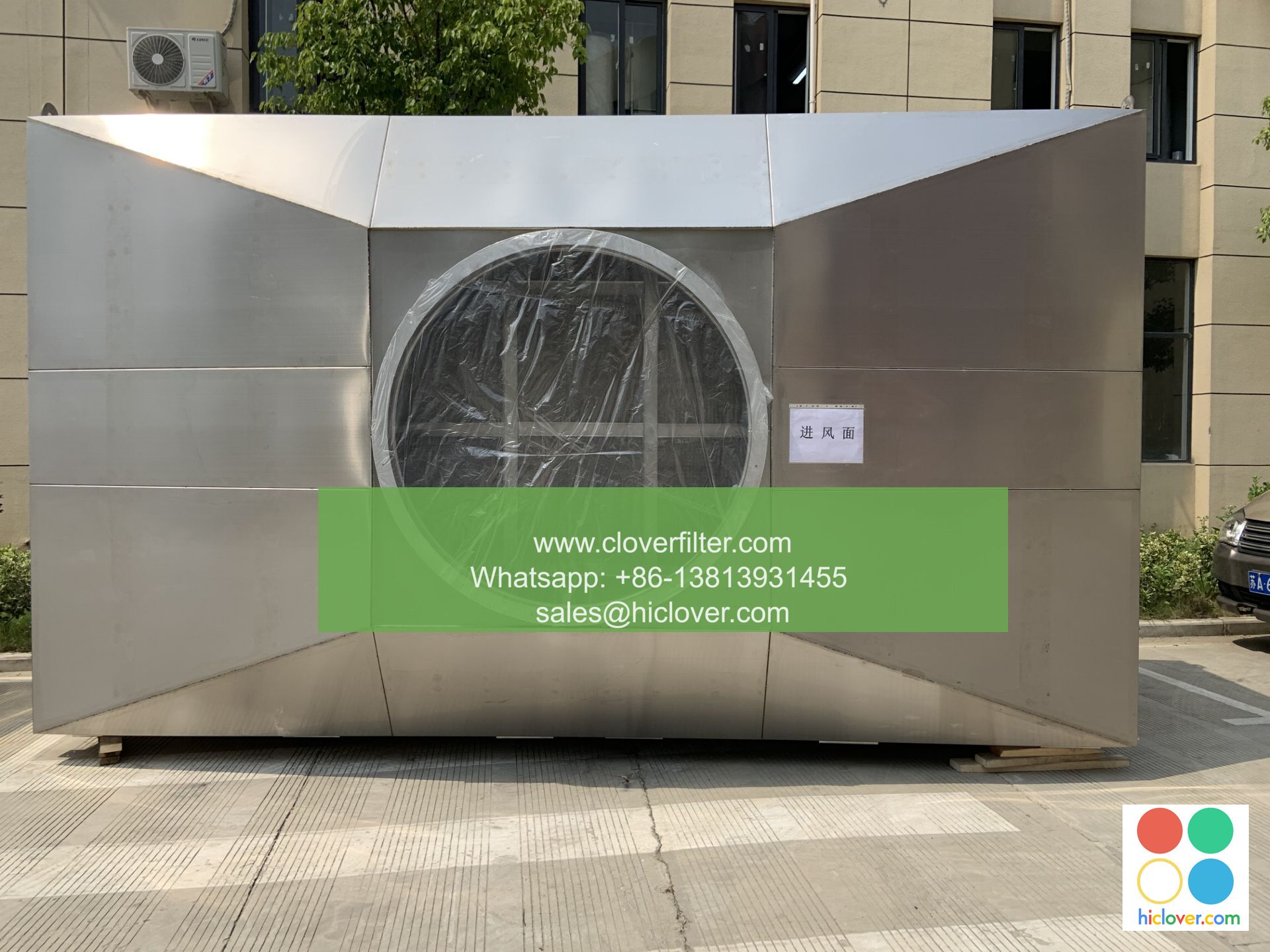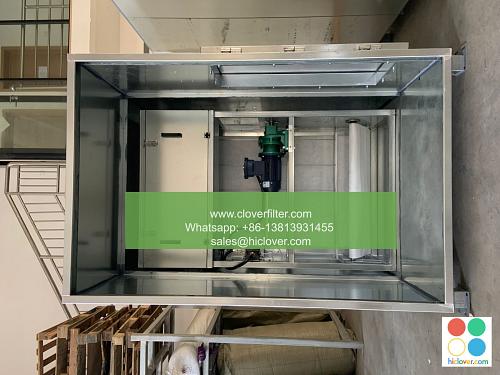Understanding the Difference Between Activated Carbon and Nanofiber Air Filters for Industrial Use

The use of air filtration systems is crucial in industrial settings to ensure a safe and healthy working environment. Two popular types of air filters used in industries are Activated Carbon and Nanofiber air filters. While both types of filters are designed to purify the air, they have distinct differences in terms of their composition, functionality, and application areas. In this article, we will delve into the differences between Activated Carbon and Nanofiber air filters, highlighting their industrial air purification capabilities, aerospace applications, and chemical processing uses.
Activated Carbon Air Filters
Activated Carbon air filters are widely used in industries due to their high adsorption capacity and ability to capture a wide range of volatile organic compounds (VOCs) and gases. These filters are made from activated carbon, a highly porous material that is derived from organic sources such as coconut shells or coal. The activated carbon is chemically treated to increase its surface area, allowing it to effectively capture and neutralize odors, chemical fumes, and gases. Activated Carbon air filters are commonly used in industrial ventilation systems, air conditioning systems, and air purification systems for waste management, chemical processing, and pharmaceutical applications.
Nanofiber Air Filters
Nanofiber air filters, on the other hand, are made from synthetic nanofibers that are electrically charged to attract and capture submicron particles and ultrafine particles. These filters have a higher filtration efficiency than traditional air filters and are capable of capturing 99.97% of particles as small as 0.3 microns. Nanofiber air filters are commonly used in aerospace applications, biotechnology, and medical facilities where high filtration efficiency is required. They are also used in industrial settings where high levels of dust and particle pollution are present, such as in mining, construction, and manufacturing.
Key Differences and Application Areas
The key differences between Activated Carbon and Nanofiber air filters lie in their composition, functionality, and application areas. Activated Carbon air filters are designed to capture gases and VOCs, while Nanofiber air filters are designed to capture submicron particles and ultrafine particles. Activated Carbon air filters are commonly used in industrial ventilation systems and air purification systems for waste management and chemical processing, while Nanofiber air filters are used in aerospace applications, biotechnology, and medical facilities where high filtration efficiency is required.
In terms of industrial air purification, both types of filters have their advantages and disadvantages. Activated Carbon air filters are effective in capturing gases and VOCs, but may not be as effective in capturing submicron particles. Nanofiber air filters, on the other hand, have a higher filtration efficiency but may not be as effective in capturing gases and VOCs. Therefore, the choice of air filter depends on the specific industrial application and the type of air pollution present.
Conclusion
In conclusion, Activated Carbon and Nanofiber air filters are two distinct types of air filters used in industrial settings. While both types of filters have their advantages and disadvantages, they are designed to capture different types of air pollutants. Activated Carbon air filters are effective in capturing gases and VOCs, while Nanofiber air filters have a higher filtration efficiency and are capable of capturing submicron particles and ultrafine particles. By understanding the differences between these two types of air filters, industries can make informed decisions about which type of filter to use for their specific industrial application and air pollution needs. It seems like you forgot to include the actual prompt. Could you please provide more context or clarify what you would like to know or discuss? I’m here to help with any questions or topics you’d like to explore.

